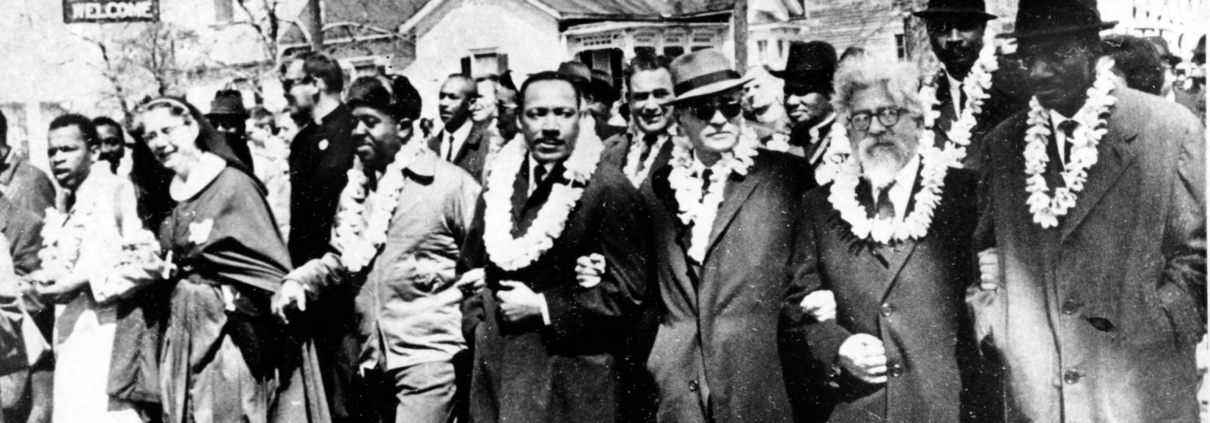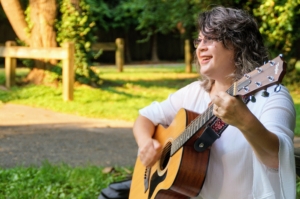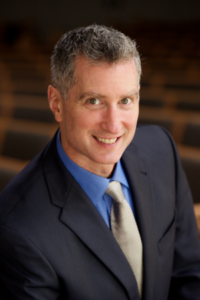


"*" indicates required fields
The Jewish Studio,11140 Rockville Pike, Suite 607 Rockville, MD 20852, United States info@thejewishstudio.org

A lifelong musician, cantorial soloist Caitlin McLaughlin has been a service leader and band member at Temple Emanuel of Kensington, MD since 2011, has led alternative High Holiday and Women’s Retreat worship services, and has also taught music in the Religious School since 2020. She joined the Jewish Studio worship leading team in Rockville MD in 2021.
Caitlin completed vocal studies at Temple University in Philadelphia, PA and a master’s degree in Music (Choral Conducting) at the University of California, Irvine. She has led choral groups in schools and congregations in California, New England and Minnesota before settling in Maryland. Beginning in 2021, Caitlin will be a member of Cohort 11 of the Davennen Leadership Training Institute. She has taken part in other Jewish music workshops including Shabbat Shirah and Hava Nashira at OSRUI, NewCAJE and the Jewish Collaborative Songwriters’ Retreat.
She lives in Silver Spring MD with her family.

David Abramowitz was ordained as a Cantor by the ALEPH Ordination Program in January 2016 and received his certificate as a spiritual director in January 2017. David enjoys leading Shabbat morning services at the Charles E. Smith Life Communities in Rockville, Maryland twice a month and officiates life cycle events year round.
In his other professional life, David is the Mid-Atlantic regional technical lead at Trend Micro, a specialist in computer and network security. In his free time, he enjoys playing drums and singing in a rock cover band, and playing in an adult ice hockey league.
David graduated from Brandeis University with a B.S. in Computer Science and received his Masters in Computer Science from The George Washington University.
 Evan J. Krame was ordained as a rabbi by the ALEPH Ordination Program in January 2015 and is currently a fellow of Rabbis Without Borders. He has served as president of several non-profit organizations, including the Hillel at George Washington University and Shared Horizons, Inc.
Evan J. Krame was ordained as a rabbi by the ALEPH Ordination Program in January 2015 and is currently a fellow of Rabbis Without Borders. He has served as president of several non-profit organizations, including the Hillel at George Washington University and Shared Horizons, Inc.
In addition to leading the Jewish Studio, Evan also serves as a founding builder of Bayit, a national organization that provides innovative tools to build a new Judaism. His honors include Hillel’s Exemplar of the Year, Israel Bonds Young Leadership Award, the Jewish Federation of Washington’s Campaigner of the Year, ORT’s community leadership award and the Shared Horizons Humanitarian award.
In addition to his religious activities, Evan is also a partner at Krame and Biggin, a Maryland law firm specializing in estates and trusts work with a focus on assisting families of persons with special needs. Evan is a graduate of Brandeis University and George Washington University Law School and has an LLM in Taxation.
